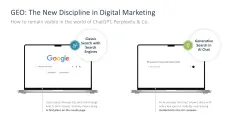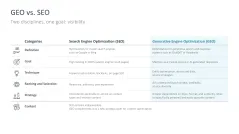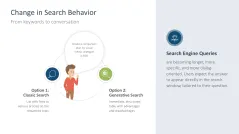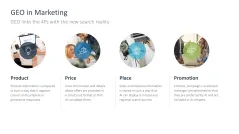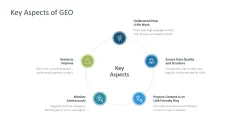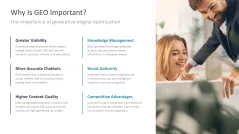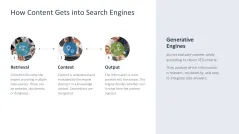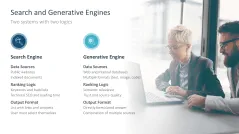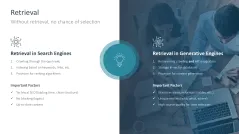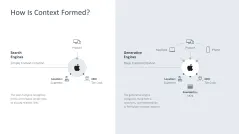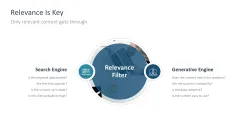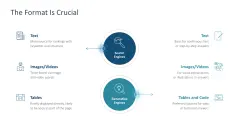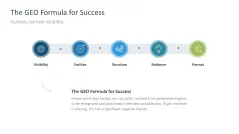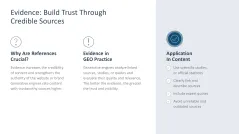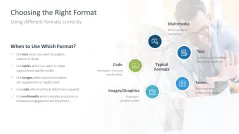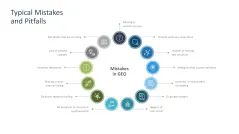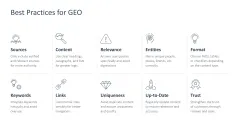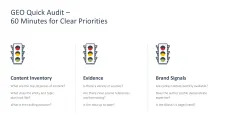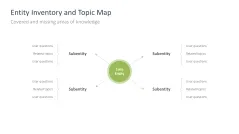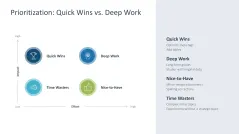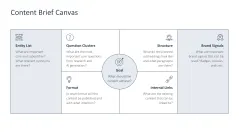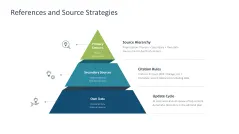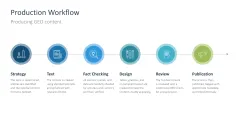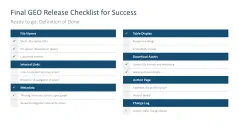
GEO: The New Discipline in Digital Marketing
Generative Engine Optimization (GEO) is the answer to the profound shift from search engines to AI-powered answer systems. Instead of focusing solely on traditional rankings, GEO aims to design content in such a way that it can be found, understood, and integrated as a trusted source by generative engines such as ChatGPT, Perplexity, or Google Gemini. For companies, GEO opens up the opportunity to place their brand messages directly in the AI's responses, thereby securing visibility, authority, and reach in a completely new search reality.
The Special Features of Generative Engines
Generative engines such as ChatGPT, Perplexity, and Google Gemini differ fundamentally from traditional search engines. They do not provide lists of links, but formulate direct, often context-related answers based on a combination of learned language patterns, current data sources, and retrieved content. In doing so, they evaluate not only keywords, but also structure, relevance, credibility, and thematic connections. Content must therefore be optimized so that it can be easily interpreted by AI, placed in the right context, and used as a reliable basis. This makes generative engines a completely new playing field for visibility in digital marketing.
Mastering GEO in Practice
In practical terms, generative engine optimization means strategically preparing content so that it meets the selection criteria of generative engines. This includes a precise structure with clear headings, the use of relevant entities, reliable source references, and consistent wording. Content formats such as FAQ blocks, step-by-step instructions, or condensed tables also increase the chance of being quoted in responses. A successful GEO approach combines SEO experience with an understanding of how AI systems retrieve, evaluate, and incorporate information into responses, creating measurable visibility in a new search environment.
Everything about Generative Engine Optimization in a PowerPoint Template
Our PowerPoint template on Generative Engine Optimization (GEO) helps you understand the basics of this new discipline in digital marketing and apply them in a targeted manner. It shows what GEO is, how the way classic search engines work differs from generative engines, and which factors influence their selection processes. The template conveys the GEO formula for success and provides practical examples of how to structure content, enrich it with relevant entities, and strengthen it with reliable sources so that it appears in AI-generated responses. This gives you a clear framework for action to secure the visibility, authority, and reach of your company in the new world of AI-powered search.
With This PowerPoint Template, You Can …
- present what is important in Generative Engine Optimization.
- understand the differences and similarities between GEO and SEO.
- improve your own visibility in generative engines with practical tips.
This PowerPoint Template Includes:
- Quote
- What is Generative Engine Optimization (GEO)?
- GEO: The new discipline in digital marketing
- Definition of Generative Engine Optimization
- GEO vs. SEO
- The change has begun
- Change in search behavior
- GEO in marketing
- Key aspects of GEO
- Why is GEO important?
- Those who fail to act now will lose visibility tomorrow
- Consequences without GEO
- How search and generative engines select content
- How content gets into the engines
- Search and generative engines
- Retrieval
- How is context formed?
- Relevance is key
- Authority and evidence
- Structure and entities
- The format is crucial
- The key factors for selection
- The GEO formula for success
- Actively managing visibility
- Use entities correctly
- Clear structure
- Evidence: trust through credible sources
- Choose the right format
- Successful content formats
- Source strategy and brand signals
- Typical mistakes and pitfalls
- Best practices for GEO
- GEO in practice
- 30-day pilot: From zero to impact
- GEO Quick Audit – 60 minutes for clear priorities
- Entity inventory and issue map
- Prioritization: Quick wins vs. deep work
- Content brief canvas
- Evidence and source strategies
- Production workflow
- Final GEO release checklist for success
- Measure, learn, scale




